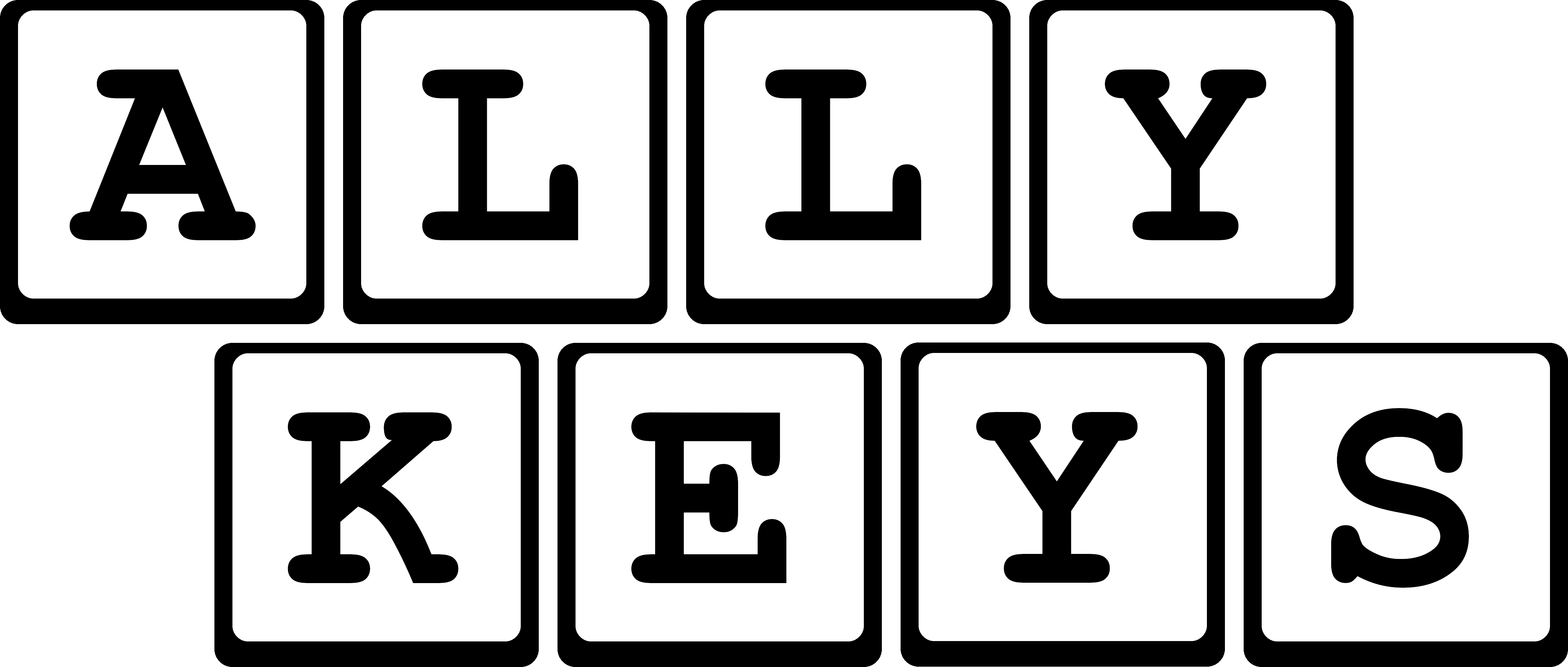Welcome to Ally-Keys!
Ally keys is a tool to help developers, testers or anyone to be more effective at accessibility testing. The idea
is to promote an understanding of mobile phone
- keyboard,
- switch and
- screen reader
accessibility. Ally Keys is an optimisation tool to help communicate how to
use assitive tech more effectively. This tool's job is to inform viewers how to use the tools they already have, and if
this tool seems useful to them, they are more than welcome to use it as well.
What is it?
A web application that uses a small Internet of Things (IoT) chip to host a Bluetooth Low Energy keyboard.
The web application can send keystrokes to any device connected wirelessly to the IoT chip.
The web application can then leverage the keyboard shortcuts on the mobile platform:
- performing actions for screen readers (VoiceOver and TalkBack)
- highlighting key combinations
- rendering the physical gestures as animations, allowing people without the system to repeat the actions
Why?
- Keyboards generally take up a lot of space
- Wired keyboards prevent testing while tools are attached
- Wireless keyboards need to keep charged
- The plethora of shortcuts and settings on devices is hard to navigate
- Developers would prefer better API's, but by testing with a keyboard these requests become more user-focused
- Keyboard testing is often forgotten, even though though keyboard accessibility is the only specific human
interface device which is a guideline in the Web Content Accessibility Guidelines
- There is no current tool that when recorded, could "teach as you demo" so that watchers may repeat the actions
for themselves
- Sending keyboard commands via Android Debug Bridge (ADB)
to an Android phone actually bypasses
certain layers of the operating system, meaning it's not behaving like an actual keyboard. Additionally
one cannot send modified keystrokes (e.g. `alt+tab`) using the ADB

